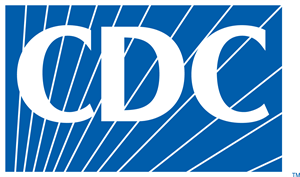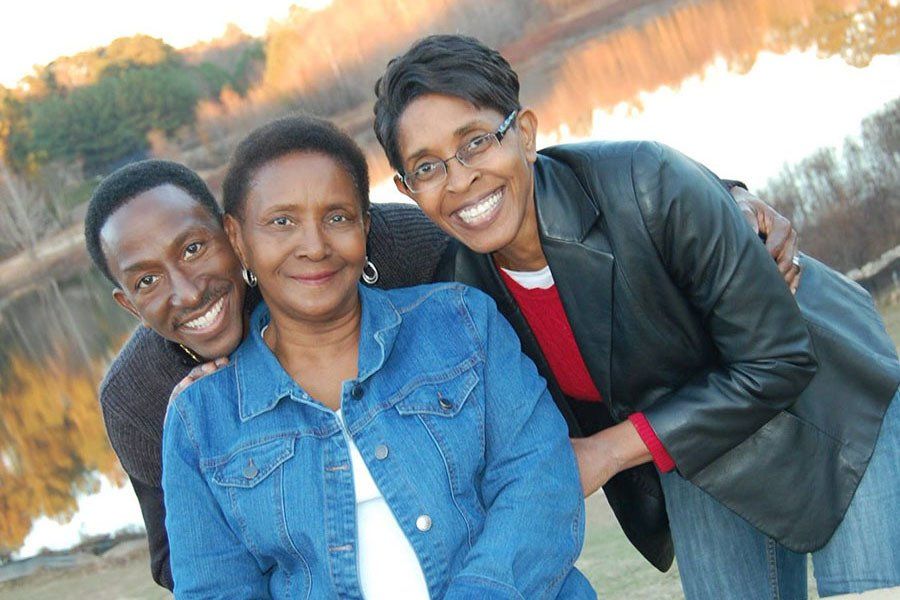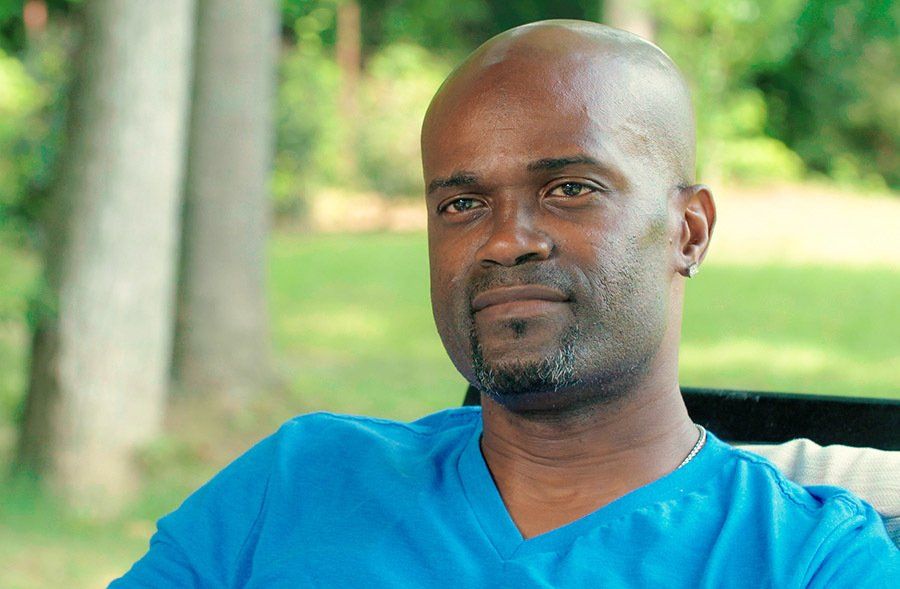EDUCATION
24.7 million
Neurological Cases
9.7 million
Intermittent cases
75,000
Clinical commissioning group cases
2.1 million
Progressive cases
150,000
Rare neurological cases
From American Academy of Neurology
What is Neurology?
Neurology deals with the anatomy, functions, and organic disorders of nerves and the nervous system, which includes the brain.
The nervous system has two parts: the central nervous system (CNS), which refers to the brain and spinal cord and the peripheral nervous system (PNS), which includes all of the nerves outside of the CNS.
Due to the complex nature of the nervous system, doctors go for extra training in the field of neurology so they can have the expertise to treat patients with specific neurological diseases.
From American Academy of Neurology
What is Neurology?
Neurology deals with the anatomy, functions, and organic disorders of nerves and the nervous system, which includes the brain.
The nervous system has two parts: the central nervous system (CNS), which refers to the brain and spinal cord and the peripheral nervous system (PNS), which includes all of the nerves outside of the CNS.
Due to the complex nature of the nervous system, doctors go for extra training in the field of neurology so they can have the expertise to treat patients with specific neurological diseases.
What is a neurologist? What conditions do they treat?
Neurologists are medical professionals who specialize in diagnosing and treating conditions that affect the nervous system. After completing their residency training, many neurologists spend a year or more in a fellowship program where they gain experience in their subspecialty.
A general practice doctor might make a referral to a neurologist if they believe that an individual shows signs of a neurological problem. Neurological issues encompass a broad range of conditions, including Alzheimer’s disease, diabetic neuropathy, headache, and nerve damage.
From American Academy of Neurology
Know about Neurologic Conditions
Brain & Life is dedicated to offering resources to neurology patients and their families. Here, we’re sharing information from trusted sources in the neurology community. Whether you are a patient, caregiver, or concerned family member, having access to information specific to neurologic disorders is vital during this time.
From Centers for Disease Control and Prevention
Stroke and Stroke Prevention
Stroke is the fifth leading cause of death in the United States and is a major cause of serious disability for adults. About 795,000 people in the United States have a stroke each year. Get more quick facts about stroke. Stroke is preventable. You may be able to prevent stroke or lower your chances of having a stroke.
Stroke is treatable. Learn the signs of stroke, and call 9-1-1 right away if you think someone might be having a stroke. Getting fast treatment is important to preventing death and disability from stroke.
Stroke Signs and Symptoms
During a stroke, every minute counts! Fast treatment can lessen the brain damage that stroke can cause.
By knowing the signs and symptoms of stroke, you can take quick action and perhaps save a life—maybe even your own.
Stroke Signs and Symptoms
During a stroke, every minute counts! Fast treatment can lessen the brain damage that stroke can cause.
By knowing the signs and symptoms of stroke, you can take quick action and perhaps save a life—maybe even your own.
Stroke Survivor Stories
Stroke, the fifth leading cause of death in the United States, can happen to anyone at any time. Just ask these survivors. From undiagnosed high blood pressure to unknown family history for stroke, many things can affect stroke risk. Read these survivor stories to learn more about stroke, including how you may be at risk, how to recognize stroke, and what to do if stroke happens.
Stroke Survivor Stories
Stroke, the fifth leading cause of death in the United States, can happen to anyone at any time. Just ask these survivors. From undiagnosed high blood pressure to unknown family history for stroke, many things can affect stroke risk. Read these survivor stories to learn more about stroke, including how you may be at risk, how to recognize stroke, and what to do if stroke happens.
Useful Links
Services
Patient Center
Contact Info
Ph: (607) 239-5694
Fax: (607) 239-5720
200 Front St Suite C
Vestal, NY 13850
United States
powered by: digitalLM
All Rights Reserved | Neuro Medical Care Associates






